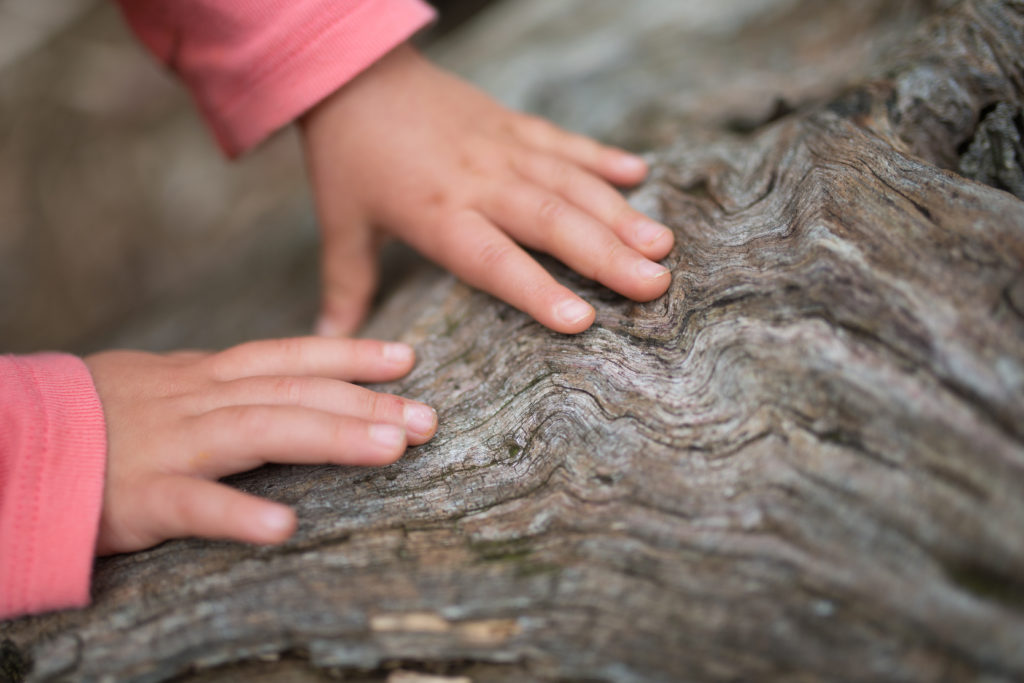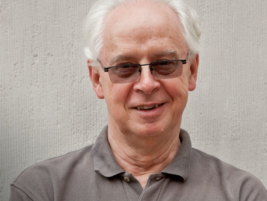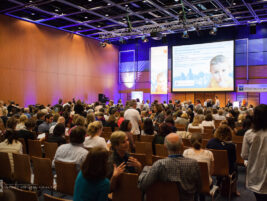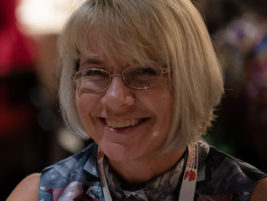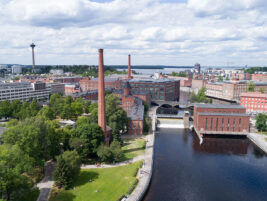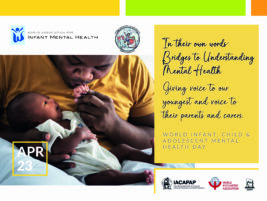The emphasis on the mother-child bond positions other influences in an infant’s life on the periphery. A mother is embedded in her personal context, at the same time she is a child of her Zeitgeist and sociopolitical realities, all of which influence her child-rearing belief-system. Fathers, present, absent and fantasized, play their part. Many infants are looked after by secondary caregivers; they, in turn, respond from within their own contexts. An infant’s world is affected by a multitude of miniscule and mighty factors; war and crime and affluence and poverty and culture and Zeitgeist, noise and nutrition and love and rejection, together with many others, inform the contours of their landscapes.
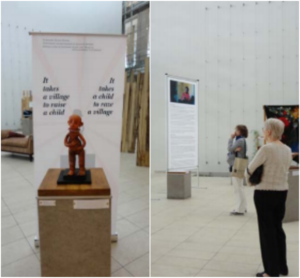
Post feminism, post modernism, post communism and now post capitalism, we are in the generation of complexity and chaos. The world has become double-helix shaped; intertwined, inter-connected and inter-disturbed. We are alert now, this generation of psychologists; to the information that we are not isolated individuals, from within individual families and with individual destinies. Human infants, like all life on earth, are exposed to the vicissitudes of the times and the responses of multiple others. From the beginnings of our being, we are to be bombarded by a tower of Babel of inputs; increasingly we will be confronted by a maze of possibilities. To get to adulthood relatively intact, we will indeed have to use our wits. Indeed it will be more than a village that raises the child. It can be those
Authors
Frank, Elzan,
Curator,
South Africa
Exhibition during the WAIMH 13th World Congress in Cape Town,
Supported by the SASOL Art Museum,
University of Stellenbosch,
Sponsor: Jeanine Beukes


